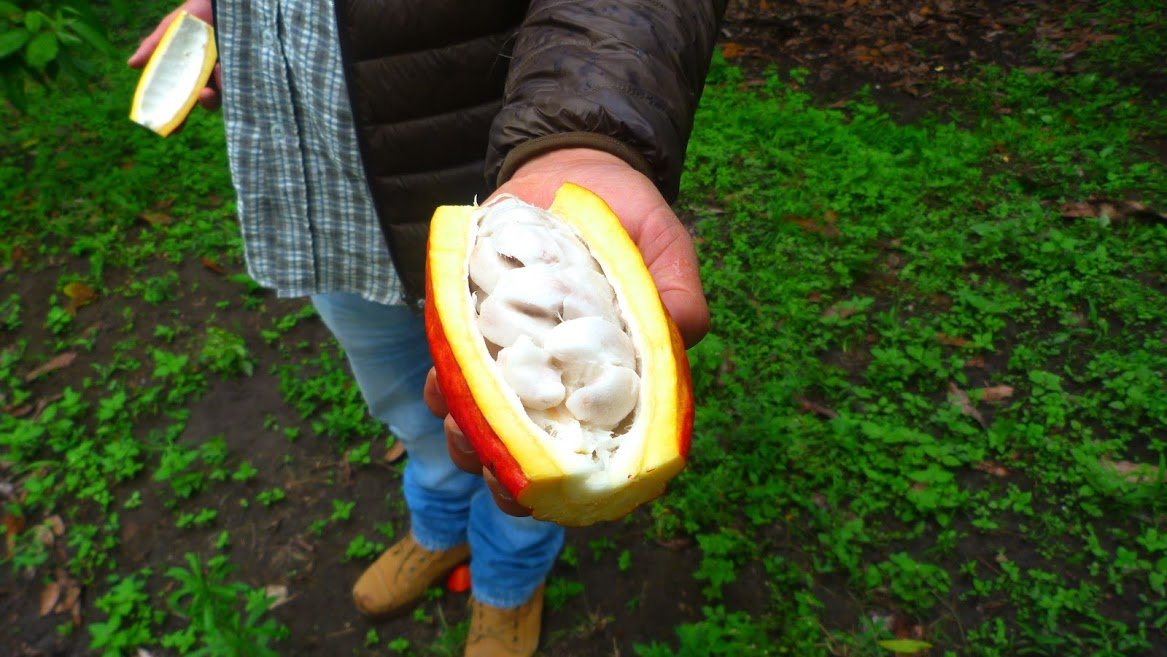05 Jul Why are Colombian farmers abandoning coffee
A recurring phenomenon in different regions of Colombia, why Colombian farmers are abandoning coffee?
It is well known that coffee is an integral part of Colombian culture. Colombia, close to the equatorial line, benefits from relief and climatic conditions favourable to the exploitation of coffee. Twice the size of France, Colombia is crossed by the Sierra Nevada and the Andes, which are divided into three branches. This topography generates a wide variety of thermal levels throughout the country, which has greatly favoured the development of coffee. So why are Colombian farmers abandoning coffee?
 Coffee plants in a Quindio hacienda.
Coffee plants in a Quindio hacienda.
The first coffee harvests began in the first half of the 19th century in Santander, a region in northern Colombia. According to the customs records of Cucuta (Norte de Santander), the first coffee exports would have taken place in 1835. As the story goes, a local pastor forced his parishioners to grow coffee as a penance after confession. From there, coffee cultivation spread to the North and the Magdalena province in the Caribbean region, the centre of the country and the provinces of Boyaca (Tunja) and Cundinamarca (Bogotá), then to the rest of the country.
Today Colombia is the third largest coffee exporter worldwide and Colombian haciendas are regularly awarded prizes in international competitions.
However, some producers have decided to diversify production within their farms, gradually abandoning coffee for other crops.
Growing coffee is becoming less and less profitable.
In recent months, the price of Arabica coffee has reached its lowest point in nearly fifteen years. This is due to a sharp increase in supply, which has led to a fall in the price of Arabica and Robusta on the New York and London stock markets. To counteract this phenomenon, some suggest that an alliance of coffee-exporting countries should be formed, just like the OPEC. The goal of this organization would be to maintain control over prices by limiting world production. Considering the situation, the idea is gaining ground among Colombian farmers.
Solutions therefore exist to curb this trend and regain market confidence. But could another, much more aggravating factor put a definitive end to Colombian coffee production, or even impact other countries?
Rigorous climatic conditions
At a time when the whole world is preoccupied by global warming, some farmers already seem to be bearing the brunt of rising temperatures. This is the case for some Colombian farmers who, due to climate change, are seeing their crops increasingly affected. The coffee plant requires strict conditions for its good development. If the temperature is too high or too low, an entire crop can be endangered. Arabica for example tolerates a climate between 16 and 25 degrees Celsius (60 to 75 F°), ideally a constant temperature between 20 and 25 degrees (70-75 F°). The rise in temperature in some haciendas has led farms that had the opportunity to do so, to move their crops to slightly higher areas. However, it is still necessary to have a hilly terrain that allows for terraced farming.
Some growers who do not have this choice therefore decide to gradually move their farms towards the production of more heat-resistant plants.
 Cocoa Pod in a San Agustin farm, Huila
Cocoa Pod in a San Agustin farm, Huila
It is not uncommon to find banana plants among the coffee plants when you visit some haciendas. Bananas, which are more resistant to heat, are easy to grow. Moreover, coffee and banana complement each other perfectly. As for cocoa, already quite widespread throughout the country, it is favoured by farmers. The best cocoa in the world comes from the neighbouring country, Ecuador. The price of cocoa, unlike coffee, is rising. Therefore, Colombian farmers are abandoning coffee in favour of cocoa, which grows well in tropical climates and guarantees a stable source of income. Will there be a drastic change in the production of Colombian farmers in the coming decades, or even years? The future will tell.


Sorry, the comment form is closed at this time.